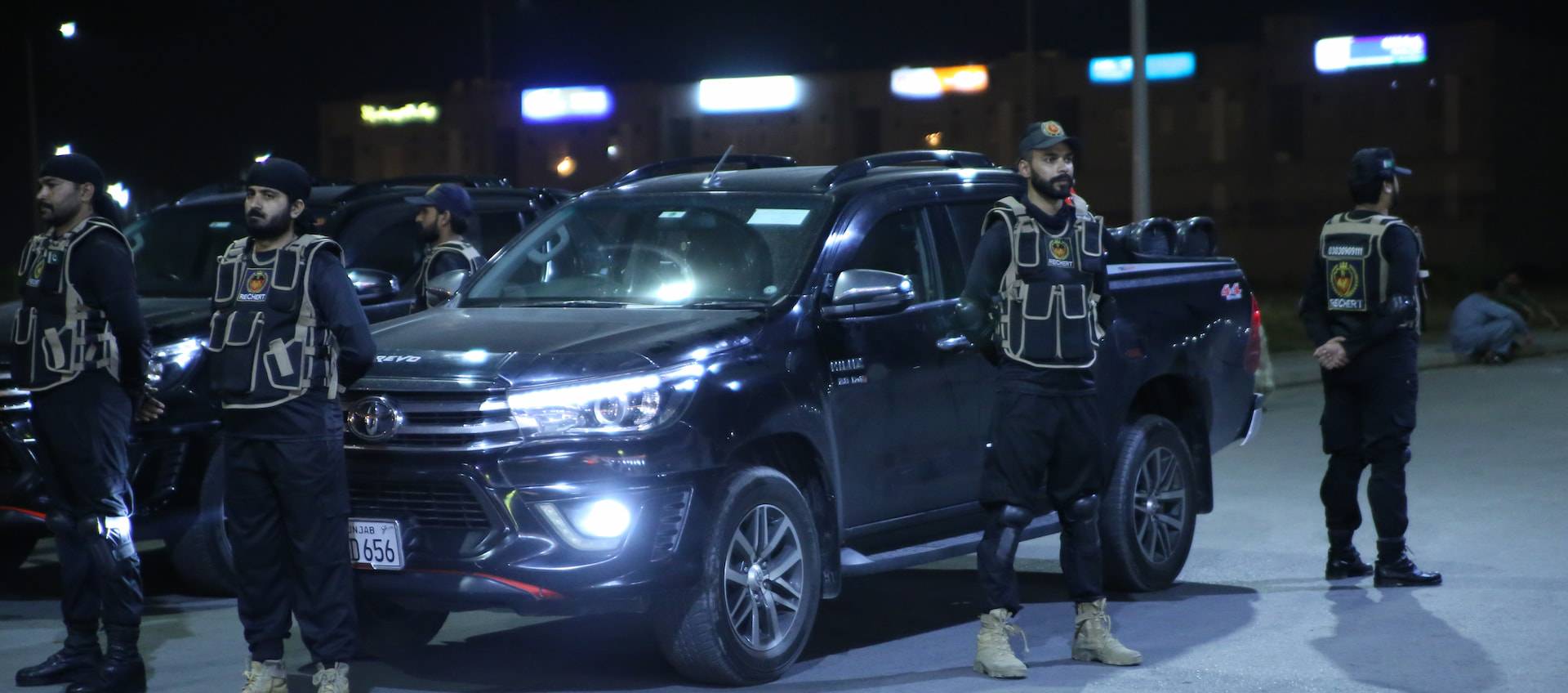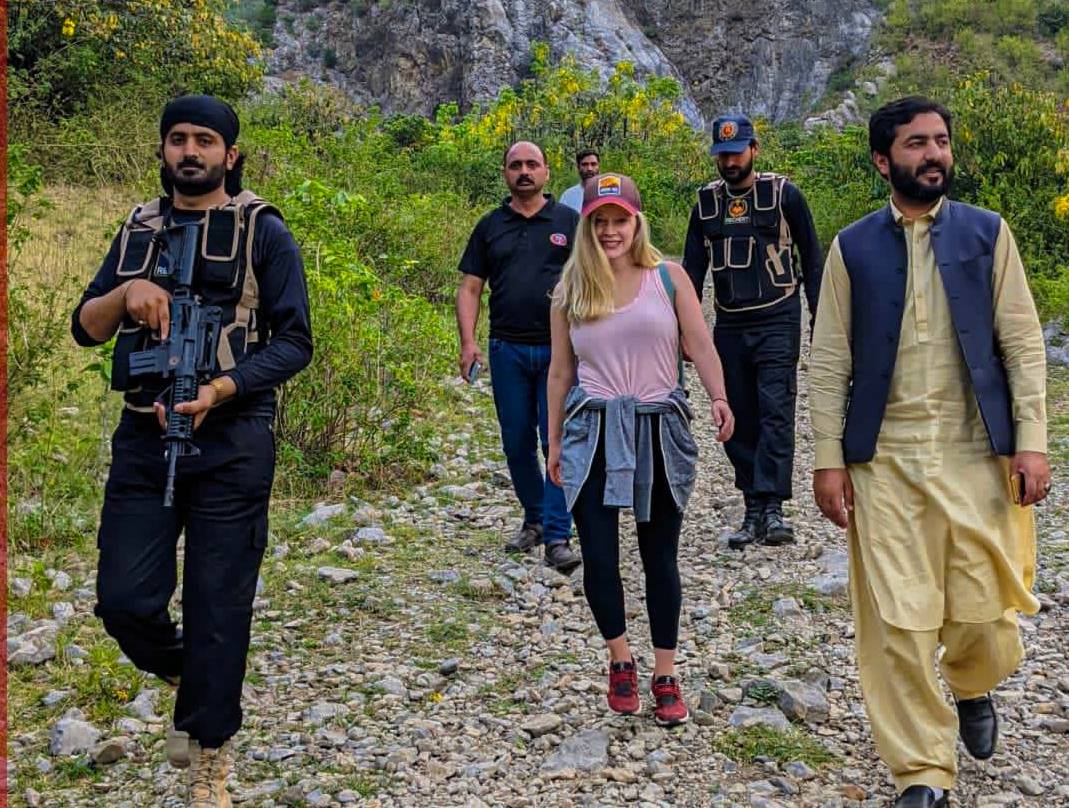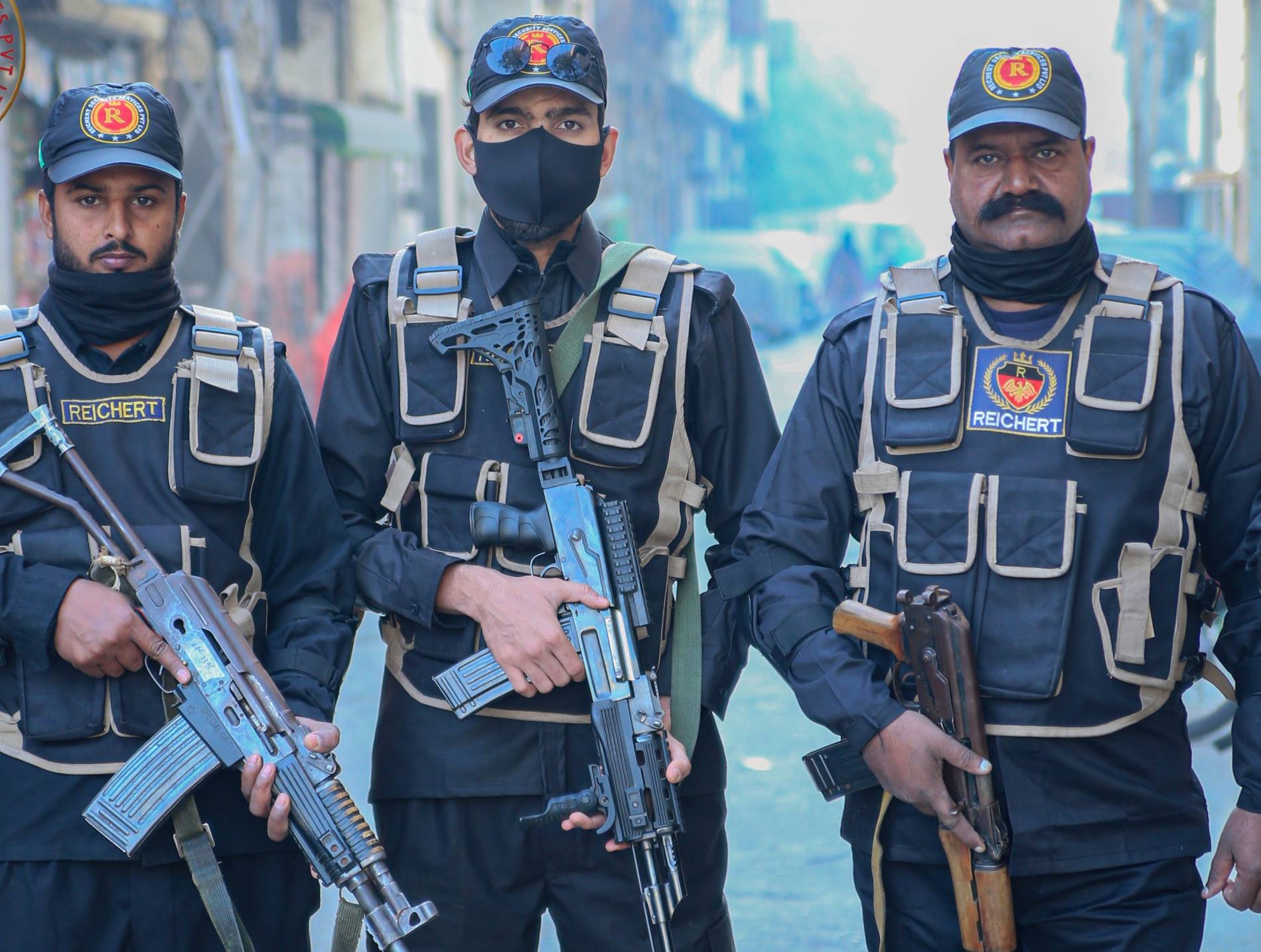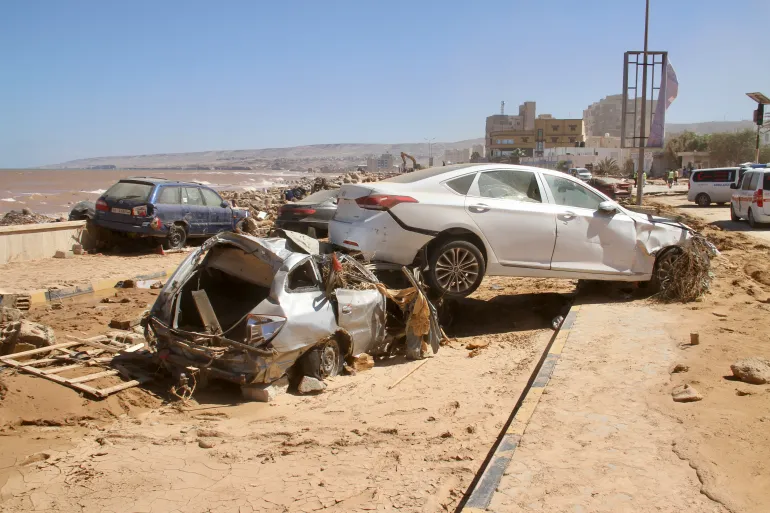Hafiz Hamdullah among 11 injured in Mastung blast
MASTUNG – Jamiat Ulema-i-Islam-Fazl (JUI-F) leader Hafiz Hamdullah was among 11 people injured in a blast in Balochistan’s Mastung district on Thursday. Mobile phone footage broadcast on television showed a bloodied Hamdullah being supported by two gunmen as he spoke. Mastung Assistant Commissioner Attaul Muneem told media that 11 people had been injured in the incident so far, adding that they were shifted to Quetta for medical treatment. Speaking to a private TV channel, JUI-F spokesperson Aslam Ghauri said that Hamdullah was injured but not critically. “He is okay. He is injured but the situation is not critical […] the gunmen and the others accompanying him also sustained minor injuries but they are okay. There is no serious issue at the moment.” He said that Hamdullah and the others were travelling from Quetta to Kalat, adding that the incident occurred after they crossed Mastung. “We still do not know if it was a suicide blast or a planted bomb,” he added. “According to the information I have received, Hamdullah sahib and two persons are injured. All are okay and the matter is not serious.” Ghauri said that the injured had been shifted to a hospital in Quetta. Separately, Balochistan Interim Home Minister Zubair Jamali strongly condemned the incident and directed the relevant authorities to submit a report in this regard. He directed the district administration to help the injured, while also praying for their swift recovery. He said that all possible resources would be utilised to eliminate terrorists. Prime Minister Anwaarul Haq Kakar strongly condemned the “dastardly attack” and prayed for the speedy recovery of the injured persons. He also stressed that the entire nation was standing united in the face of terrorism. Meanwhile, caretaker Information Minister Murtaza Solangi said targeting innocent citizens and political personalities was a cowardly act and elements involved in terrorism do not deserve any leniency. He highlighted that the whole nation stands united against this menace. Ex-president Asif Ali Zardari also condemned the incident and prayed for the injured. “Terrorists and facilitators involved in terrorism should be brought under the law,” he said. Caretaker Sindh Chief Minister retired Justice Maqbool Baqar also condemned the blast and expressed grief over the people injured in the incident. “The nation stands united against terrorism,” he said in a statement, praying for the swift recovery of the injured. Meanwhile, Sindh police chief Riffat Mukhtar directed the provincial police to remain on high alert in light of the blast in Mastung, and to carry out their duties with utmost vigilance and diligence. While no group has taken responsibility for today’s blast, the JUI-F has been a target of the Islamic State Khorasan Province (ISKP). In the past, the ISKP has targeted several local leaders of the JUI-F in Khyber Pakhtunkhwa’s Bajaur, suspecting them of having close ties with the Taliban administration in neighbouring Afghanistan. Source:https://www.nation.com.pk/15-Sep-2023/hafiz-hamdullah-among-11-injured-in-mastung-blast
Hafiz Hamdullah among 11 injured in Mastung blast Read More »
News

















